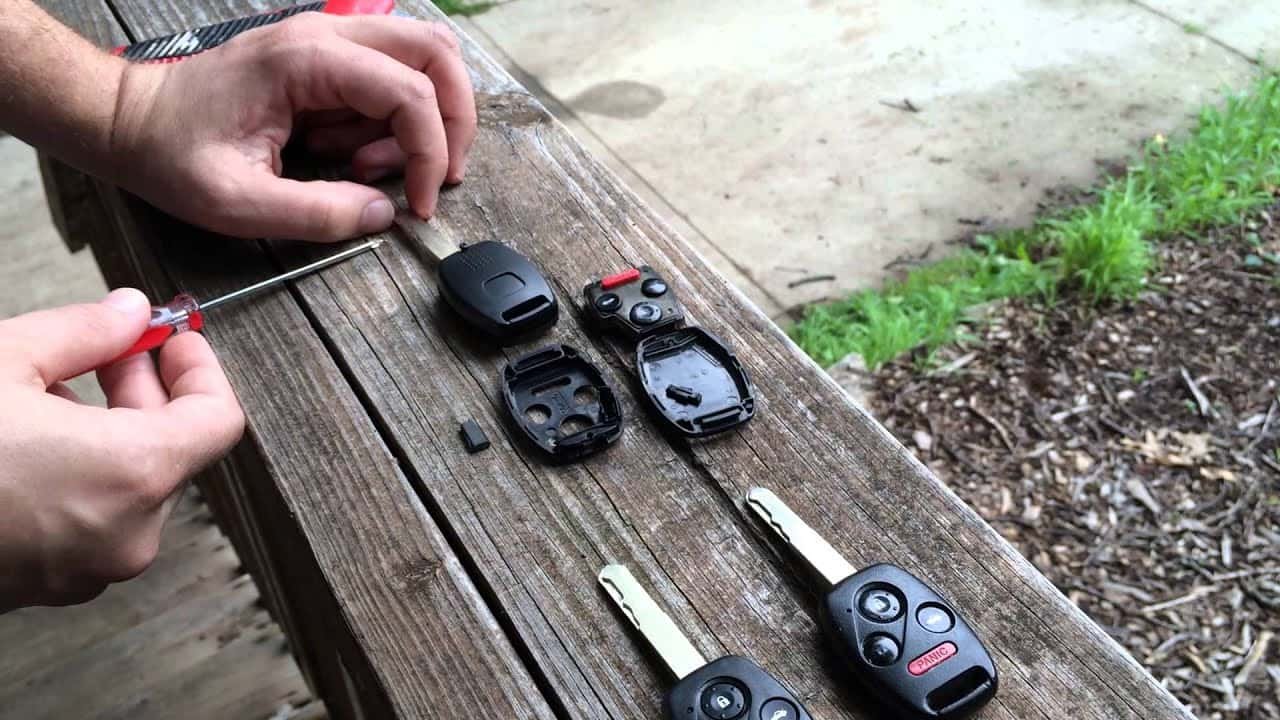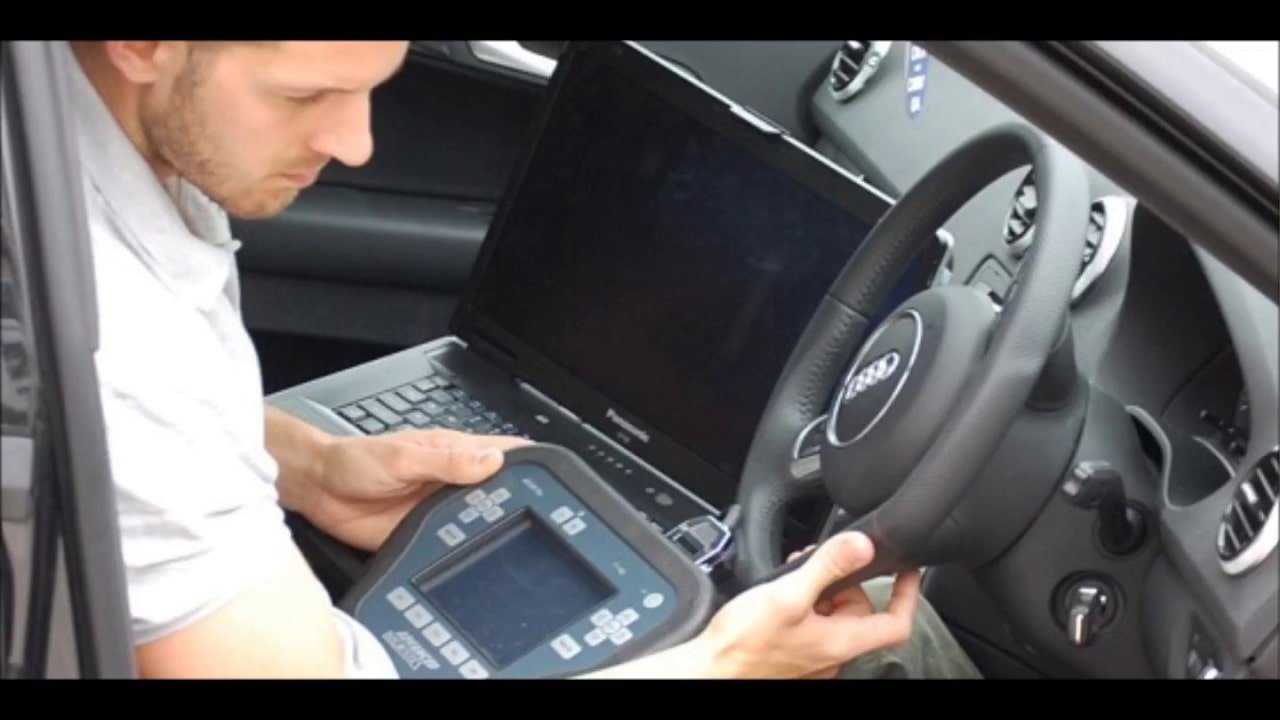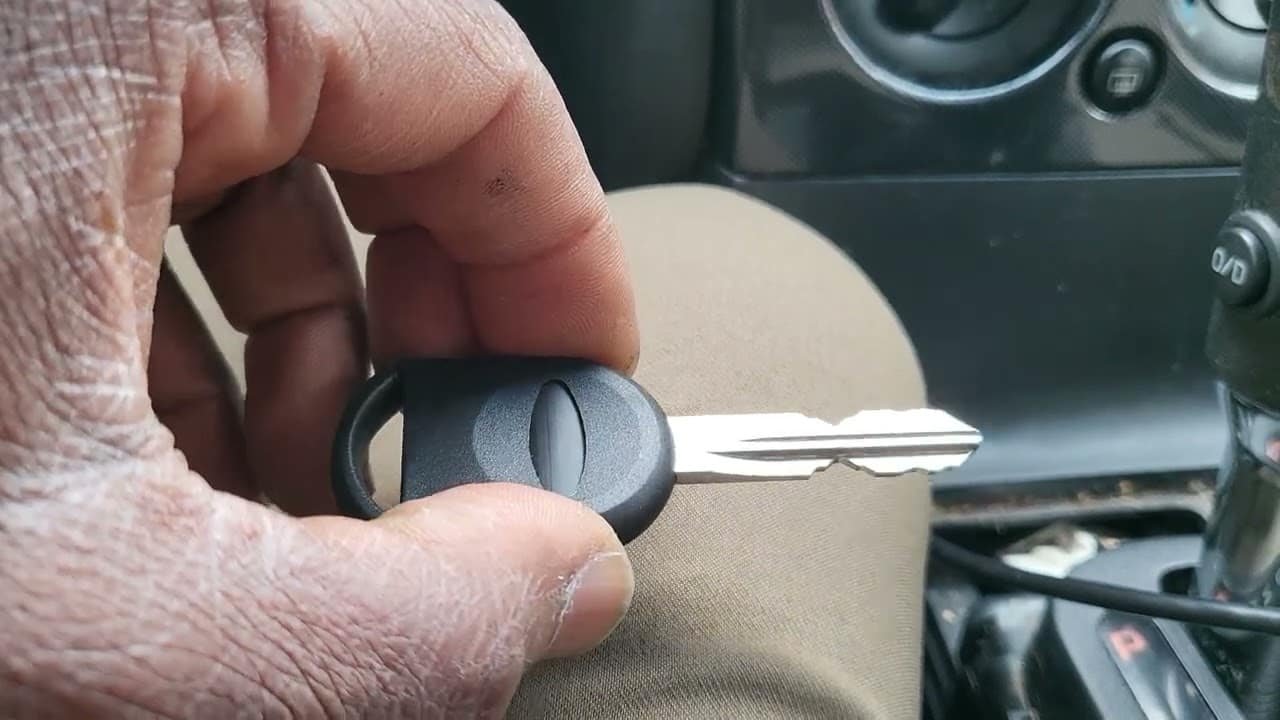Introduction to Auto Transponder Key Programming
Transponder keys now have a standard safety system in most modern cars. These keys have a small microchip that communicates with the car’s computer system to confirm authenticity before the engine starts. Without proper programming does not even work a physically uniform key. This technique helps to reduce car theft by securing work on authorized keys. Understanding how transponders works and how they are programmed is necessary for the owner of any car.
How Transponder Keys Work
The magic of a transponder key lies in the small piece that is built inside it. When the key is inserted into the ignition, the motor to the car sends a signal to the control unit (ECU). If the chip reacts with the correct code, the ECU engine lets the engine start. If the response is incorrect or omissions, the car remains stable. This two -way communication system provides an extra layer of security.

Why Programming is Essential
Programming is the process of syncing the key’s chip with your car’s ECU. Without it, the key cannot be identified, even if it physically fits in ignition. Each time a new key is created or an old replacement, the programming guarantees that it works properly. This prevents unauthorized admission and keeps the car secure. This is an vital step in managing transponder keys.

Common Types of Transponder Keys
There are several types of transponder keys used in cars today. Fixed code keys transmit the same signal every time, while rolling code keys change signals after each use. Cloneable keys can be copied using a specialized machine. Understanding the type of transponder your car uses helps in selecting the right programming method. It also ensures compatibility and better security.
Signs You Need Key Programming
If your car doesn’t start but the key turns, it might be a programming issue. Other signs include the immobilizer warning light staying on or blinking, or if you recently replaced or lost a key. Sometimes, even battery replacements or ECU resets can affect key programming. Recognizing these signs and symptoms early can save you from being stranded all of sudden.

Programming Methods
There are a few different methods used to program transponder keys. Onboard programming involves using a series of steps with the ignition and old key, but only works for older models. Diagnostic tools connect to your car’s OBD port to complete the programming. Advanced EEPROM methods involve removing the ECU to directly write data—used mostly by professionals. Each method has its own tools and risks.
DIY vs. Professional Help
While some cars allow DIY programming, most modern cars require professional devices. Programming on your own can be risky when wrong. You can close the ECU or disable the car completely. Professional locksmith and dealer keys are the right tools and software to safely program. When there is doubt, it is better to call a specialist.
Tools Used in Programming
Key programming requires specific devices that vary depending on the car and model of your car. Common devices include OBD2 programmer, specialized key programming machines and manufacturer-specific clinical software. These devices read and write data to the car’s ECU. Without the correct tools, programming attempts can fail or damage the car’s system. That’s why pros invest heavily in proper equipment.
Cost of Programming a Transponder Key
The programming of a transponder key is usually between $ 80 and $ 250. The price depends on your car type, whether you programming a new or replacement key and the supplier you choose. Retailers often charge more, while locksmiths provide more competitive prices. The additional cost may come from the need to break the car or buy a specific key blank. Always ask for a quote beforehand.
Issues During Programming
Programming does not always go well. The key is not detected by using the wrong piece, or weak car batteries in general problems. Sometimes ECU can have communication problems. Ensuring that the battery is charged and the use of the precise sort of key facilitates to keep away from those mistakes. If errors persist, a expert can generally troubleshoot speedy.
Benefits of Having a Spare Key
Having a spare transponder key’s extra than just handy; it’s a lifesaver. It prevents emergency lockouts and makes future programming easier. If your main key is misplaced or damaged, the spare can be used to create any other. It additionally saves you cash in the long run by way of heading off towing or urgent locksmith visits. Always keep your spare in a safe but handy place.
Brand-Specific Programming Examples
Different car brands have unique programming procedures. For example, Ford may allow onboard programming, while Toyota usually requires diagnostic software. GM car often use rolling code systems that need special attention. Knowing what your specific car requires ensures a smoother experience. Consult your manual or a locksmith experienced in your car’s brand.
Future of Transponder Keys
As car become smarter, key technology evolves too. Many new models use smart keys that don’t require insertion, just proximity. Others are integrating mobile apps and biometrics for car access. While these systems are convenient, they also introduce new programming complexities. Staying informed about your car’s key technology helps you adapt to future changes.
How to Choose the Right Locksmith for Key Programming
Choosing the right locksmith for programming of transponders is important to avoid complications. Look for professionals with experience in your specific car make and model. Online reviews, certificates and what they provide mobile services. Some locksmiths level invest in diagnostic tools and produce better results than ordinary people. Do not hesitate to ask about guarantee and compensation policy. A skilled locksmith can save you time, money and frustration.
What Happens If You Don’t Program the Key Correctly
Incorrect programming can lead to a host of issues with your car. Your car might not start, or worse, go into theft mode and lock down the ECU. Some cars might show warning lights or disable the ignition system entirely. You may also lose access to central locking and other smart features. In some cases, improper programming can void your warranty. This highlights the importance of getting the task executed proper the first time.
Can Aftermarket Keys Be Programmed?
Yes, the aftermarket keys can often be programmed just like the authentic producer keys. However, compatibility is important. All aftermarket keys do not have the right piece or frequency to communicate with ECU on your car. Using low quality or incompatible keys can lead to programming errors. Always consult with respected suppliers with aftermarket keys or a locksmith before purchase. When done correctly, they provide a cost -effective alternative for dealer keys.
Conclusion
Programming of transponders is an important part of modern car ownership. This ensures that your car stays safe and purposeful. Whether you convert a misplaced key or get an extra, expertise the procedure can keep money and time. Although some basic programming can be done on its own, professional help is often a safe passage. Don’t wait until you’re locked out—get your keys programmed correctly today.
FAQs About Auto Transponder Key Programming
Do all cars use transponder keys?
Most cars made after 1998 use transponder technology, but not all. Check your car manual or consult a locksmith to be sure.
Is it worth getting a spare transponder key?
Absolutely. A spare key can save you from lockouts, reduce stress, and lower the cost of future key replacements.
Why does a transponder key need programming?
The chip in the key must match your car’s system. Programming connects the key to your car so the engine will start.
How much does it cost to program a transponder key?
The cost usually ranges from $80 to $250, depending on your car and where you go. Dealerships may charge more than locksmiths.

